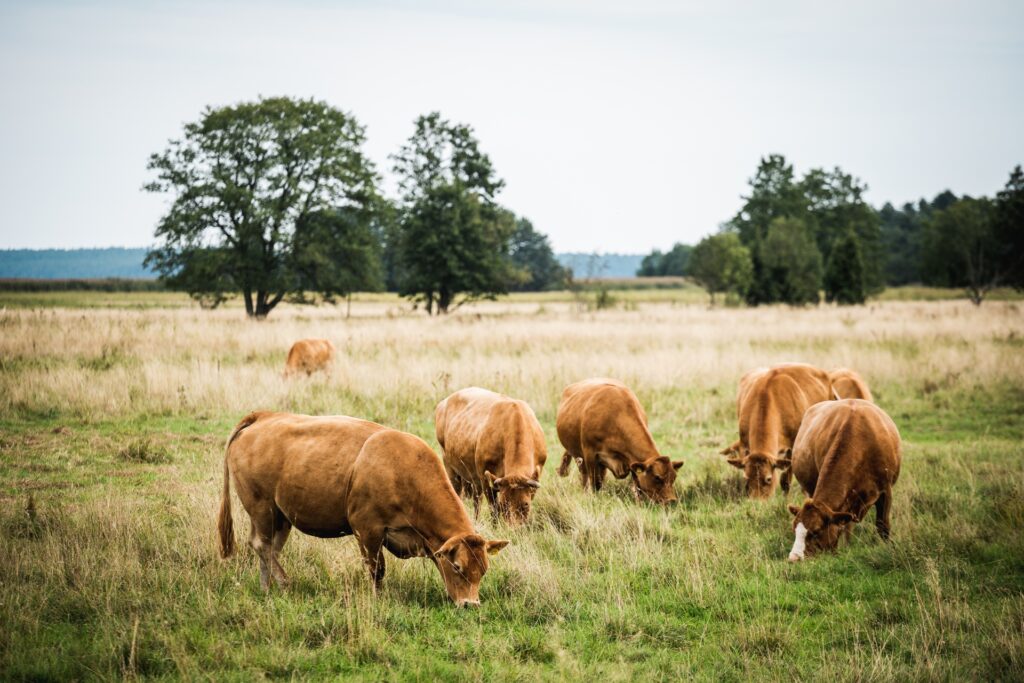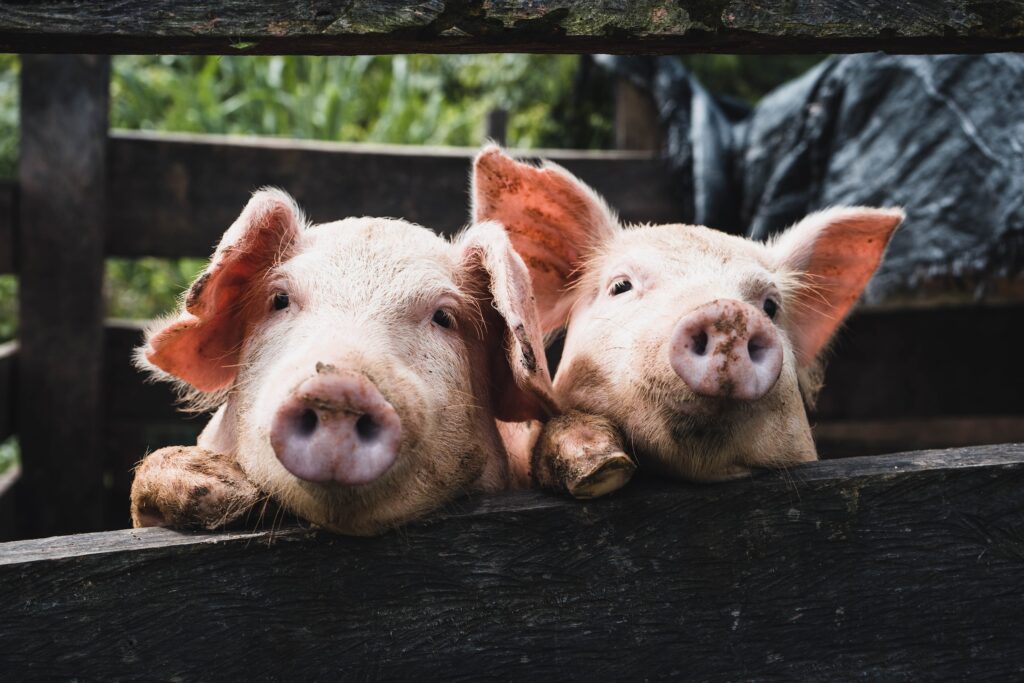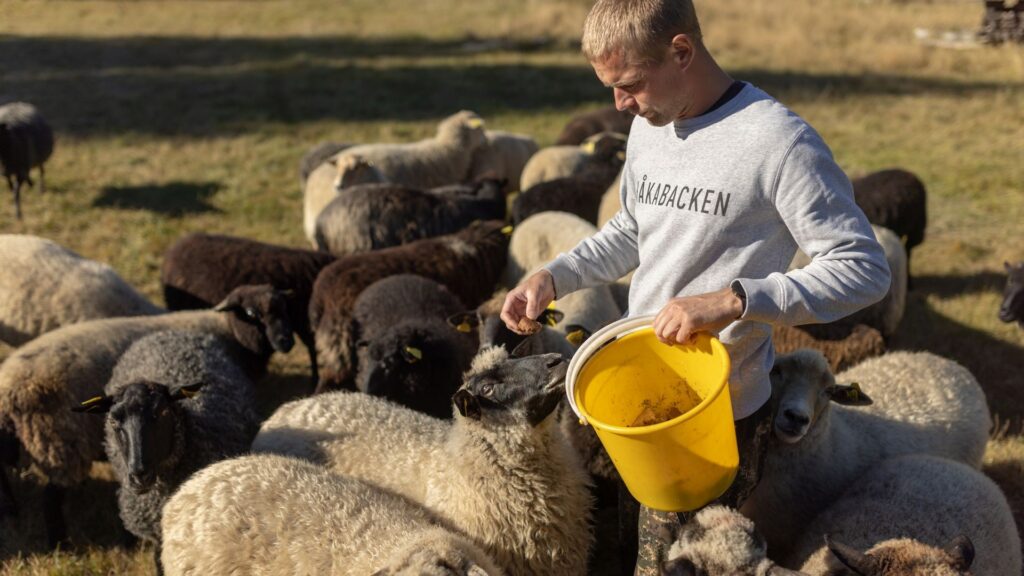According to a new report, Estonian agricultural producers are operating at a loss. Despite investments and increased productivity, rising costs and the low level of value added to raw materials are undermining competitiveness.
Uku Varblane, head of research at the Foresight Centre, the think tank behind the report, said that while subsidies have enabled farmers to invest and boost production volumes, the sector has not turned a profit in recent years.
“Farmers provide the population with high-quality, valuable food and safeguard Estonia’s food security, while at the same time being required to produce internationally competitive goods and add as much value as possible to their output,” he said.
Estonia’s main strengths lie in cereal farming and dairy production, but lower-value goods, such as raw milk, are often exported in these sectors. Since 2018, the share of value-added products in exports has fallen from 55% to 48%. The proportion of value-added products is highest in dairy exports, at around 60%; yet this still lags behind imported dairy products, where the share is close to 70%.

Farmers operate at a loss
“Today, the Estonian dairy sector is actively seeking opportunities to develop and add value to its products, but as Estonian companies are small, competing with large foreign groups is difficult for us,” Varblane said.
The report by the Foresight Centre notes that Estonian agricultural producers have been operating at a loss for the past two years.
“This is because the prices of goods and services used as inputs in the production process have risen faster than sales revenues, while the level of value added to agricultural products remains low,” the think tank stated.
“Over the past five years, prices have surged for energy and motor fuels (82%), animal feed (38%), fertilisers (35%) and seeds (31%). Moreover, Estonian agriculture relies more heavily on foreign-origin production inputs than do neighbouring countries.”

Good conditions for organic farming
The use of by-products and product development, including in organic production, are seen as future trends in agriculture. According to the Foresight Centre, Estonia has strong potential for developing mixed production systems – for instance, combining cereals, milk and biogas within a circular bioeconomy.
The think tank stresses that over the past decade, the level of value added to agricultural raw materials in Estonia has not changed significantly. The share of value-added processing in cereal products, which account for the largest production volumes, has actually declined, while in meat and dairy products it has remained stable. In recent years, the most notable growth has been in fruit and vegetable products, where the share of value-added goods has risen by a fifth in monetary terms.
The expansion of organic farming is also considered promising, as Estonia’s climatic conditions are well suited to it. However, the Foresight Centre underlines the need to develop processing capacity to turn organic production into higher value-added goods.
The Foresight Centre is a parliamentary think tank that analyses socio-economic trends and develops future scenarios.

